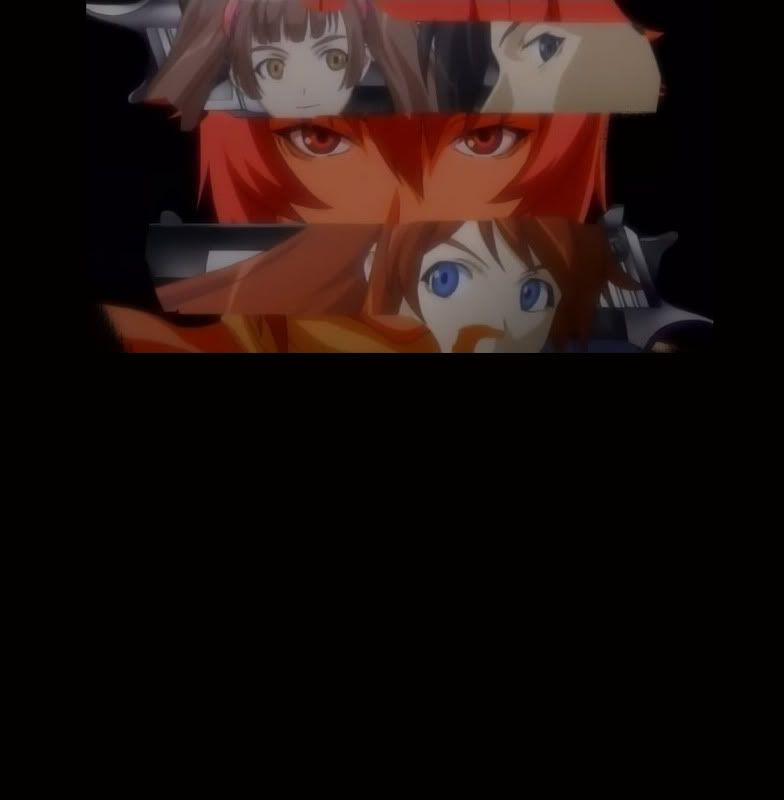PIME 12: Making Great Nightshots
I have tons of time on my hands now and I decided to churn out more photography tutorials before I go into NS, where there probably will be very few, if any. I'll be learning to read/write/speak Japanese next year in addition to giving photo classes on weekends, so depending on my vocation, I may not be able to provide written tutorials anymore.
People often have problems making good nightshots, even with expensive digital SLRs. In the following tutorial, I will cover the basics of night photography and how to improve your night shots.
In essence, to achieve a correct exposure, you must collect enough light. Imagine this, I need to fill a bucket of water. During the day, the sun is like a huge hose that sprays out tons of water, so I may only need to turn the hose on for a very short amount of time. As the sun sets, the flow of water dwindles to a small trickle, and I will thus a need a much longer time to fill the same bucket. There are several approaches to night photography, and each is more suitable for different purposes.
The most common method is using a Tripod, where you allow the light to collect slowly but surely. The reason why you cannot handhold nightshots is often because the shutter speed is too slow. As long as the shutter stays open, the sensor is collecting light, and any movement(including handshake) will be captured on the sensor. Naturally, handshake causes blur photos. A tripod does not shake, and hence will not introduce blurring into a photo. This allows for exposures that can even go up to several hours and still result in a sharp shot devoid of blurring. This method is most favoured by landscape photographers as a large depth of field(area in focus) is often required for landscape imaging and hence much longer shutter speeds are required. As landscape photographers often want to minimise noise on their images, they tend to keep ISO settings as low as possible, which of course demands a longer exposure.
The best time to make landscape photographs at night is often not at night, but rather in the evening as day turns into night. This is commonly known as "blue hour" amongst photographers and is the time when most landscape photographers make their night shots. The rationale behind this is that at blue hour, you still get detail in the sky and there is also enough light to illuminate your main subject. You must bear in mind that the camera can only expose at ONE setting and hence you cannot expose for both the sky and the ground in a single frame. You may shoot two seperate frames and merge them in photoshop, but that is another matter altogether. What happens at blue hour is that the light from the sky exactly balances the light on your foreground subject, resulting in an even exposure all across the frame. If there is more light coming from the foreground subject(a lit building), you will need to expose the image earlier as there is more light earlier in the evening. A black sky is rather boring, so always make sure you have enough light to get detail in the sky.
Another method of approaching night photographs is to use large aperture lenses, such as f1.4 lenses or even f1.0 or f0.75 lenses. These lenses collect light more rapidly and hence fills up the bucket faster. It is equivalent to using a larger pipe, in some sense. These lenses allow for faster shutter speeds and are hence best suited for night street photography. They are unsuitable for landscape photography as you have to stop down your lens to achieve more depth of field, which defeats the purpose of having such a large aperture lens. The problem is that these lenses are highly expensive and are thus regarded chiefly as specialist equipment.
You can approach night photographs using flash as well. Flash adds light to a scene and is like adding a bottle of mineral water to the bucket instead of just filling it from the tap. As I've covered flash photography before I shan't expand on this paragraph. The basics of a single exposure setting still remain the same though, so what you want to do in essence is to balance the exposure between the background and foreground. The amount of light emanating from the background is always fixed, since you cannot add light to such a large area in a natural setting. The power output of your flash, which controls how much light is falling on the foreground, is however variable. Hence, in order to get an even exposure, just make sure your flash output matches the ambient light in the background. Easy as pie.
Happy shooting!

